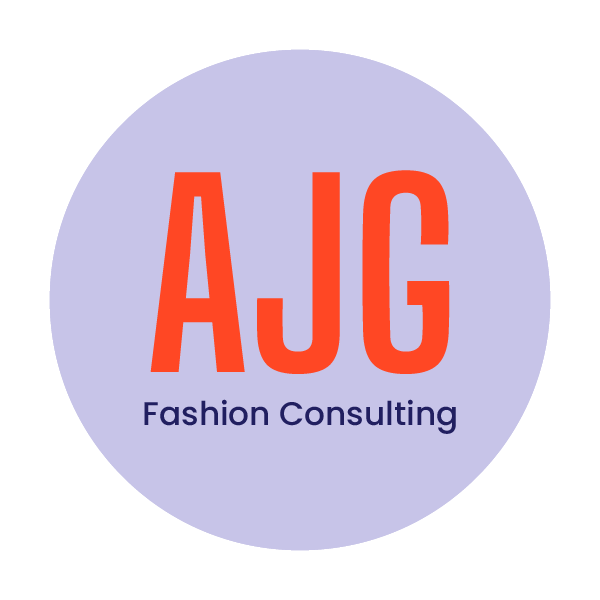Sourcing Strategy: How MOQs Affect Factory Selection
When venturing into the world of manufacturing, strategizing your approach to sourcing and factory selection is crucial. Not every factory is equipped to handle every product, and each factory may specialize in a certain category of apparel. They may not have the materials or expertise to handle every product. So, what factors should you consider when navigating this complex landscape?
What does the factory specialize in?
Think of factories as artists with specialized tools. Just as a painter might not excel at sculpture, factories have their areas of expertise. It's essential to align your product needs with a factory's specialization. For instance, high-tech outerwear wouldn't thrive in a factory that specializes in t-shirts.
What are your MOQs vs the Factory’s MOQs?
Minimum Order Quantities (MOQs) are like the gatekeepers of factory selection, determining whether your production is a fit for the factory. Understanding the MOQ requirements of different factories is key to steering your brand in the right direction. Here's a closer look at what to keep in mind:
Domestic vs. Overseas MOQs: Where you choose to manufacture can tilt the MOQ scales. Domestically, factories often have lower MOQs, however have higher per-unit cost due to labor costs and regulations. On the flip side, overseas factories, especially in regions like Southeast Asia or South America, require higher MOQs because of fiercer competition for their space. But remember, lower MOQs might mean longer wait times and more logistical juggling.
Specialized Production Lines: Factories that specialize in specific products or fancy manufacturing techniques might have their own MOQ rules. Picture a factory with top-notch machinery for precision engineering; they might demand higher MOQs to cover setup costs and keep things humming along smoothly.
Volume Leverage through Partnerships: Teaming up with an agency like AJG can be your ticket to factories with lower MOQs. To gain access to these factories, AJG can pool the production volume of multiple clients, using their total volume to negotiating with their factories. This approach not only saves on costs but also opens doors to factories that usually cater to larger brands.
Wrangling with MOQs is a dance that requires understanding negotiation, volume, and strategy. By weighing MOQ requirements alongside other factors like production speed, quality control, and budget constraints, you can chart a course to manufacturing success that fits your brand best. Ultimately, MOQs serve as the gatekeepers of factory selection, shaping the journey of product development and market entry for businesses. AJG can work with you to determine the best factory and production strategy for your brand.
How fast do you want your product?
Speed is often a critical factor in production decisions. Domestic manufacturing typically offers quicker turnaround times due to proximity and streamlined logistics. In contrast, offshore options may take longer, primarily due to material procurement and shipping.
How much do you want to pay?
Cost considerations are inevitable in any manufacturing venture. While domestic production may come with a higher price tag, it offers benefits like faster timelines and easier communication channels. Offshore options might be more budget-friendly but can entail additional costs like tariffs and longer shipping times.
Choosing the right factory involves careful consideration of specialization, MOQs, production speed, and cost. By aligning these factors with your business goals and product needs, you can set yourself up for manufacturing success. Remember, it's not just about finding a factory; it's about finding the perfect partner to bring your vision to life.


